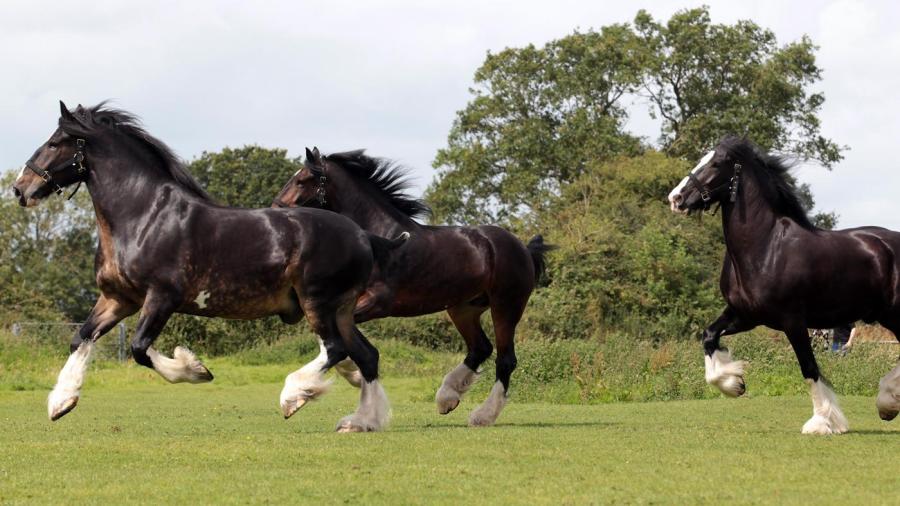How Did People Travel Before Cars Were Invented?

The most common way to travel before the advent of cars was via animal labor. People utilized the strength and versatility of the horse, donkey, ox, mule, burro, camel and even the dog for transportation in various cultures. If no animals were available, people simply walked. Travel over rivers and oceans was difficult and dangerous, but many different models of ships, canoes and eventually steamboats existed around the world.
Before the Spanish reintroduced the horse to North America, many Native American tribes relied exclusively on dogs for transportation. Dogs pulled people’s movable lodges and other belongings on a sled-like contraption called a travois. The dogs were quite hardy, capable of carrying 40 to 50 pounds on their backs, or pulling as much as 250 pounds. Native American peoples switched to the horse by the 18th century as it began spreading across North America via trade routes. Horses were stronger, larger and capable of covering great distances much faster than a dog and a travois.
European Americans generally relied on oxen and wagons for extended overland travel. Oxen were sturdy and steady. They could pull wagons for longer distances and with less maintenance than that required by horses. Oxen could also be consumed if an injury necessitated euthanasia. Sea travel was arduous, and people usually attempted long voyages only when it was unavoidable. A journey across the Atlantic could take up to eight weeks depending on sailing conditions. Ocean travelers also exposed themselves to many dangers and discomforts, including piracy, drowning, disease and chronic seasickness.





